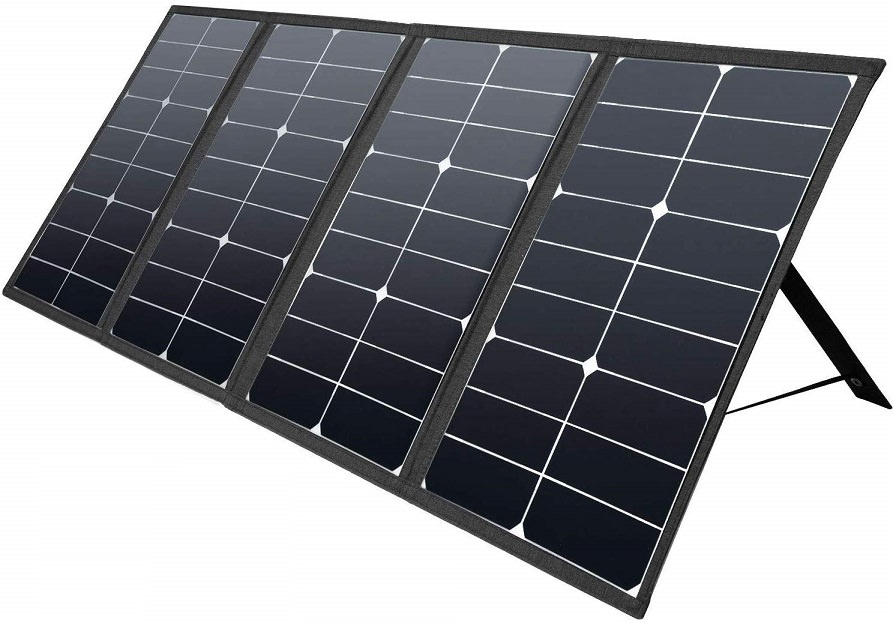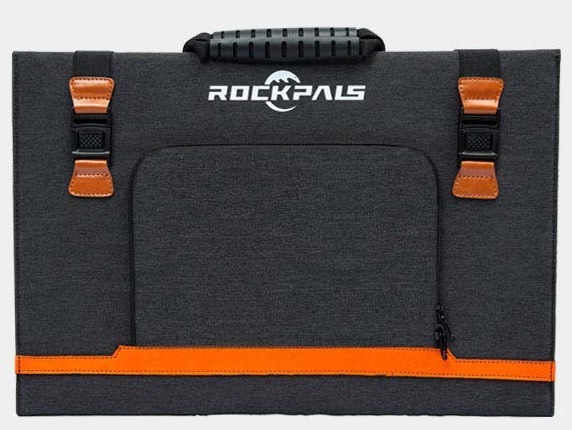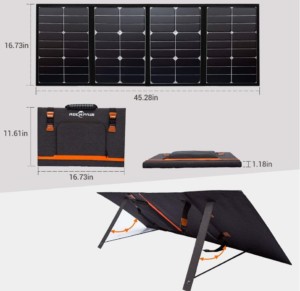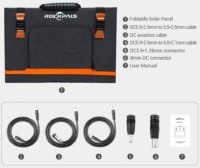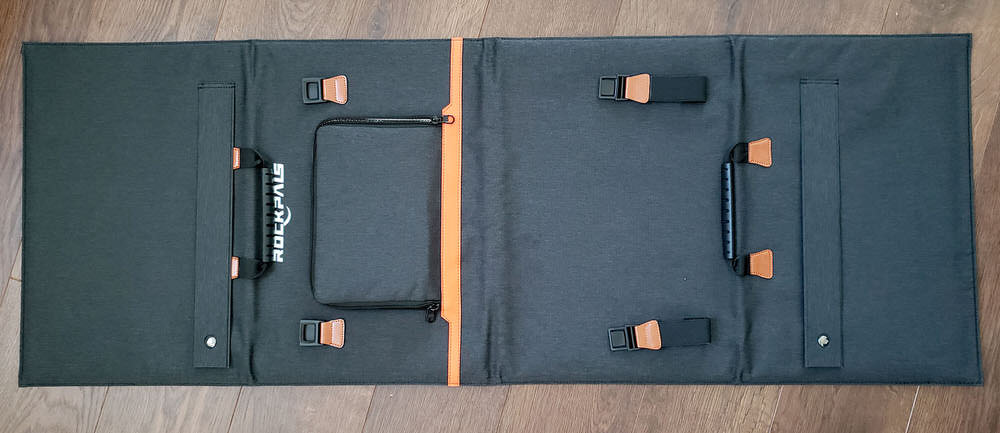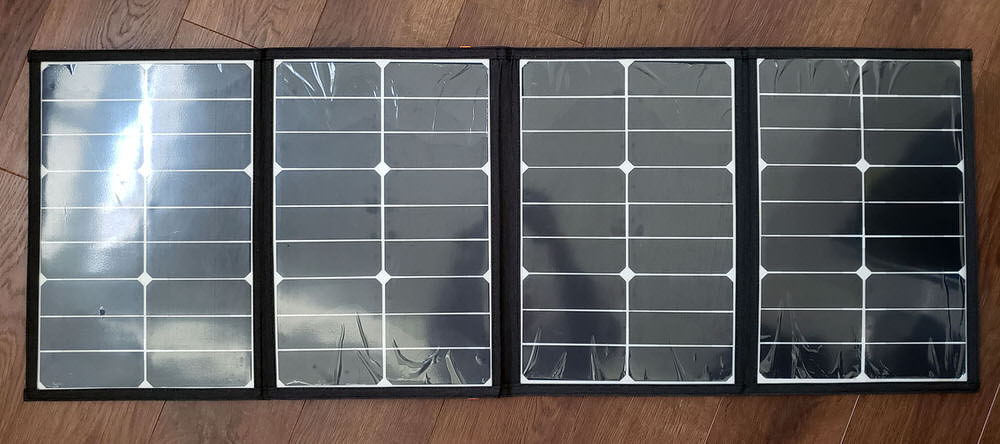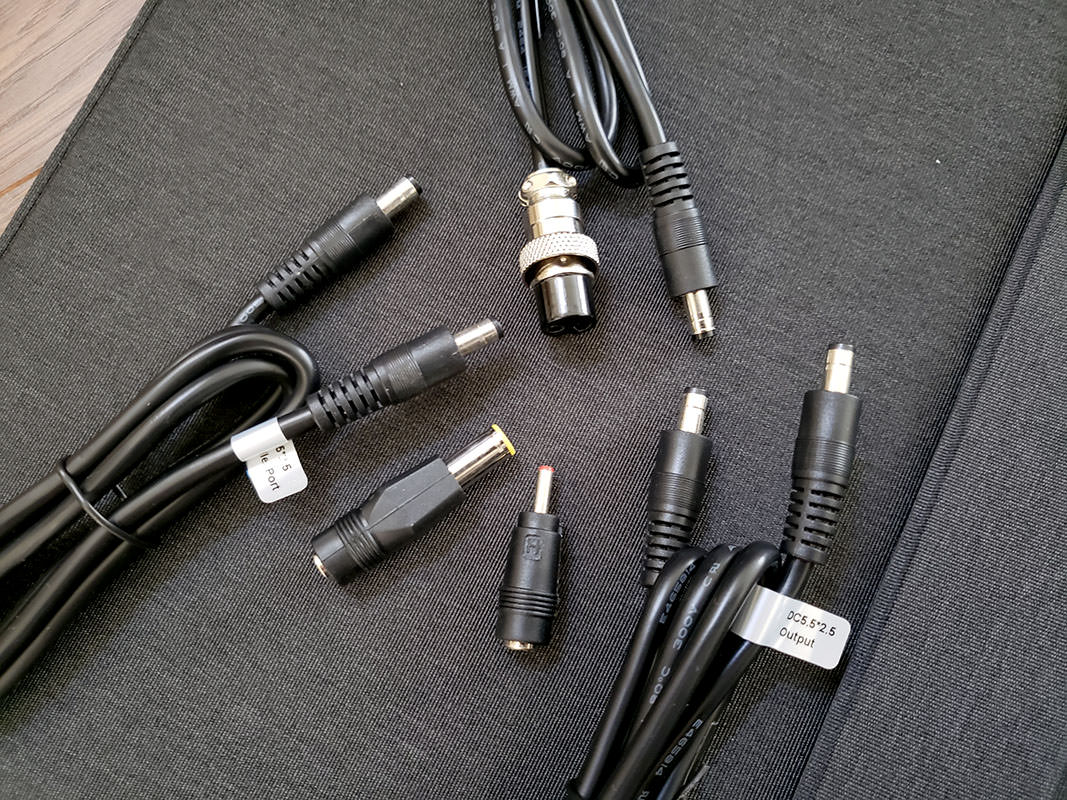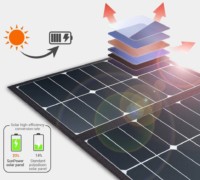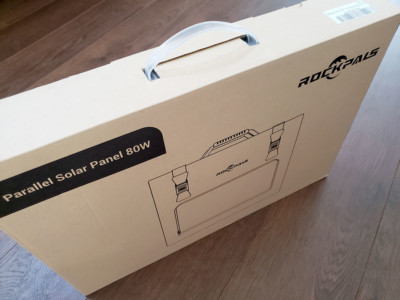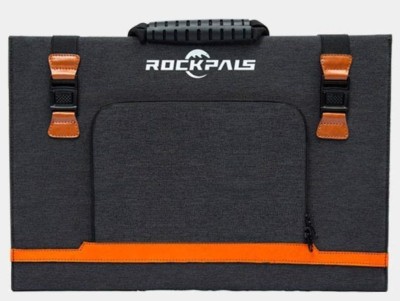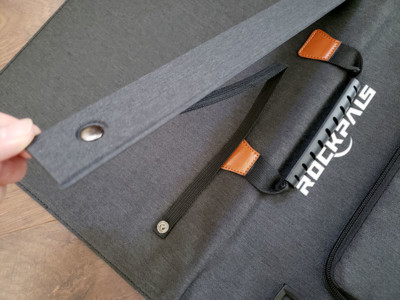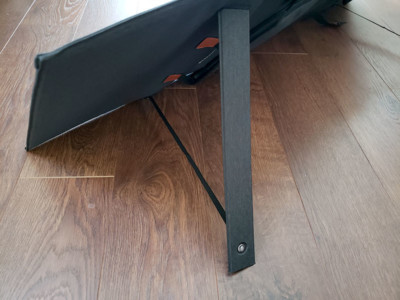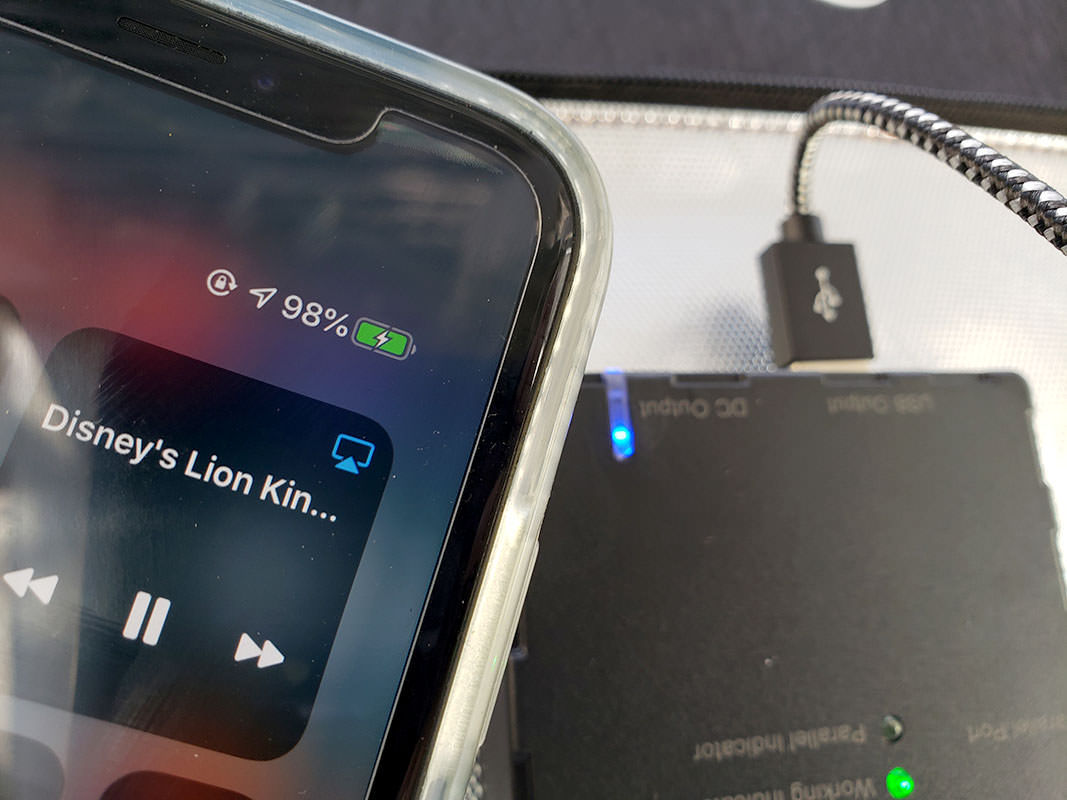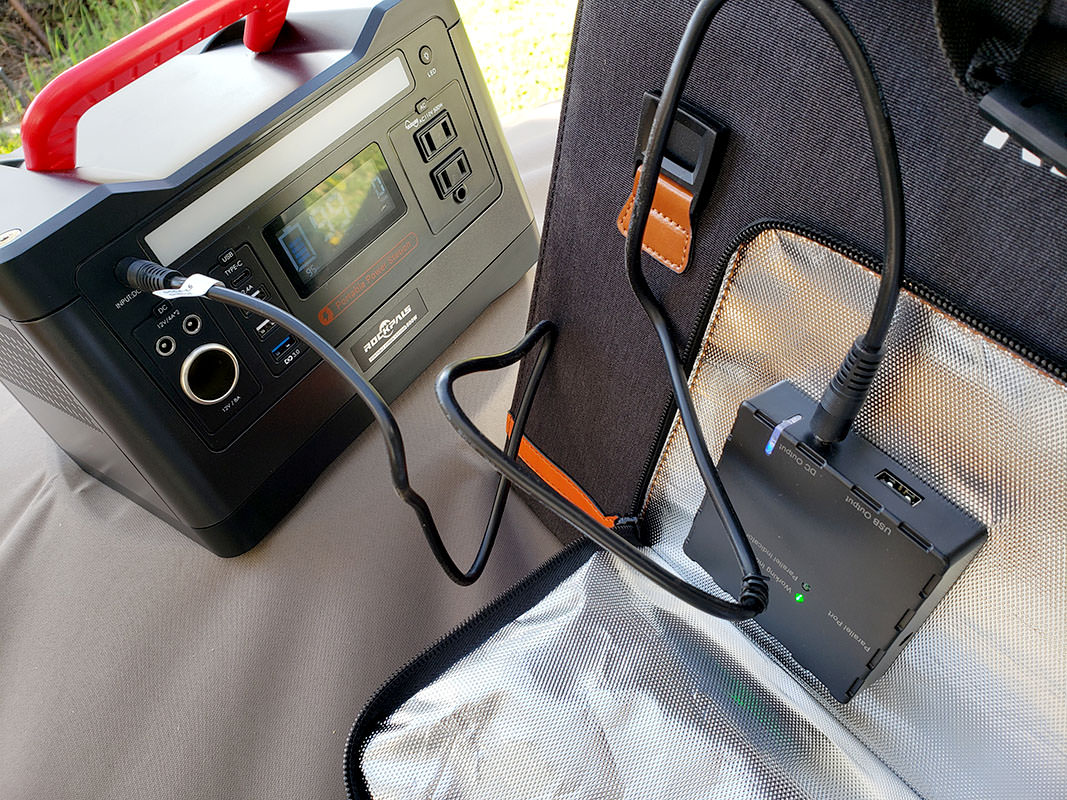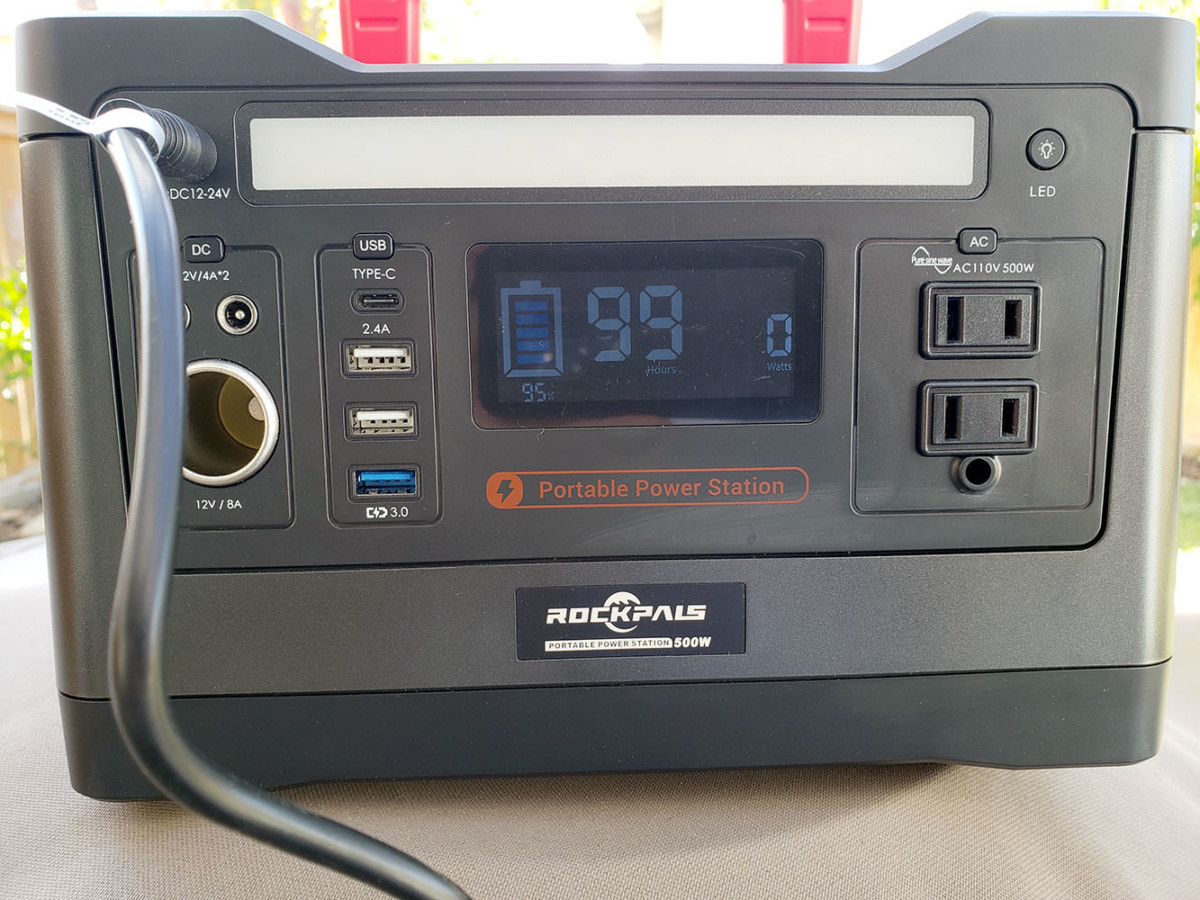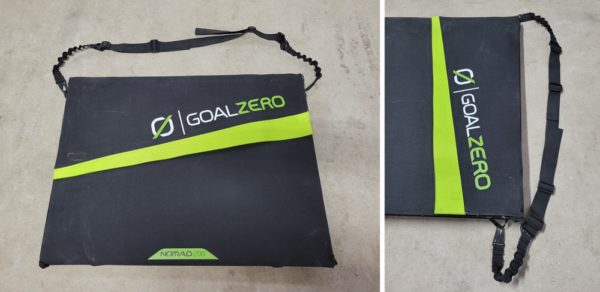Contents
Introduction
Portable batteries have been seeing a rise in popularity over the past few years with the need to charge phones, tablets, computers, medical devices (ie. CPAP), and more. Gas-powered generators were a leading source of portable generators for decades, but their maintenance and environmental (and health) impact were overwhelming to some. Then came battery-based generators, made popular by Goal Zero, that offer convenience, silence, and ease-of-use to consumers. Pair them with solar panels and you are left with virtually limitless power for use by someone like me: an avid hiker, camper, backpacker, an survivalist.
A battery generator and solar panel combination makes for GREAT survival/emergency/camping gear. However, not all solar panels are made the same way. Solar technology has improved a LOT over the past decade and prices vary. So, how do you choose a solar panel? In my opinion, solar conversion efficiency and lifespan should be high under consideration. Let’s take a look at how the Rockpals 80W solar panel performed in my testing. It was used with my recently-purchased Rockpals 500W Power Station.
In A Nutshell
At a significantly lower cost than an equivalent, Goal Zero solar panel, the Rockpals 80W impressed me with its unexpectedly high solar conversion rate of 77.8%. It can have two daisy-chained to double the charging capacity, and its built-in kickstand helps orient the panels towards the sun to gain as much solar exposure as possible. Furthermore, the foldable, handled design protects the panels and makes them more portable. The biggest issue I had found was the lackluster, uninspired product packaging.
What’s Good? What’s Bad?
Pros
- VERY efficient charging. Most panels should expect between 50-75% charging of the stated wattage
- In my testing on a sunny, California day, I got about 62.2W, a 77.8% efficiency! That puts this panel right at the top
- Foldable design makes the panel portable, easy to stow, and protected from dust
- Rubber handles on two ends allow the panels to be hung to an object, such as a tree
- Built-in kickstand to help prop the panel towards the sun for better sun exposure
- Daisy-chainable: Two of these panels can be linked together for a combined, theoretical 160W of output
- Manufacturer lists the maximum, combined output as 128W (translating to a very optimistic 80% efficiency)
- I was not able to test the claim as I do not own two (2) Rockpals 80W panels. Theoretically, at 50-75% effiency, you should expect 80W – 120W
- Direct DC charging via USB 3.0 (5V/9V 2.4A max), strong enough to power tablets
- USB port is QuickCharge 3.0 to quickly charge supported devices (like Samsung Galaxy phones)
- Can charge battery-based generators with up to 18V/4.4A input
- Compatible lead-acid batteries: sealed, colloidal, or open
- Additional cables for use with various generator brands and connection types
- With the appropriate adapters, you can charge Rockpals, Goal Zero, Jackery, and Suaoki battery generators
- IPX3 water resistance for outdoor use. See TIPS section for more info
- Responsive, technical support. My questions were quickly answered
- Fairly lightweight at 5.3 lbs and portable: 16.7″ x 11.6″ x 2″ (folded)
- LED light indicates whether the panels are charging
- Priced much lower than Goal Zero, but in line with other brands
- Circuitry to prevent against reverse charging
- 2-year warranty
Cons
- Packaging is very minimalist and uninspiring
- On one hand, it makes for a lower impact against the environment, and on the other, it makes the product NOT stand out among a sea of boxes with flashier designs
- No built-in battery to store some of the charge generated by the panel
- You can either directly charge devices with the panel, charge a battery-based generator, or a battery power bank
- Can be considered expensive for casual campers/hikers
Tips/Notes
- Solar lifespan: Panels generally die/become inefficient between 25-30 years
- The Rockpals 80W uses panels made by SunPower and carry a claimed life of 40 years, an estimate I cannot independently verify
- Solar panels work best outdoor under full sun exposure
- Remove the protective film that covers the panels before initial use
- Although the panels will work under the shade or behind windows, charging efficiency is greatly diminished
- Panels will STILL charge under cloudy conditions. So, keep the panels out even if you do not see the sun
- ALL panels must be uncovered to generate a charge
- Do not completely cover one or more panels or the charging will stop
- To maintain solar efficiency, the panels should be kept clean
- Remove dust with a soft brush and wipe with a damp (NOT wet) cloth
- Any residue, such as tree sap, should be removed as soon as possible
- IPX3 water rating: Panels are capable of taking water sprays of up to 60 degree angles or less
- Keep the junction box dry. It is NOT water resistant!
- Keep panel away from water that spray at greater than 60 degree angles
- Keep panel away from low-pressure (or stronger) water jet spray
- Do not submerge the panel under water
- Panels will work longer if they are kept away from water altogether
- Operating temperature range: -4F to 149F (-20C to 65C)
- Do NOT bend the panels more than 30 degrees or risk breaking them!
- Keep the panels away from fires and heaters
- Consider attaching a strap to make it easier to carry heavy solar panels around, such as those for iSUPs or Rifles
Charging Time
- To calculate how much Wattage a device uses: Voltage x Amperage
- For example, if a vacuum is 120V and 9.5A, its Wattage is 1,140W (120 x 9.5)
- To calculate how long a 100W battery bank or generator would need to charge via solar panel: 100 W / (Panel Wattage x [0.5 or 0.75])
- In a perfect lab environment, solar panels charge at the indicated wattage (ie. 80 W). Outdoors, expect to only receive 50-75% on a good, sunny day (ie. 40 W – 60 W)
- For example, if a solar panel is rated for 80W, it could take as fast as 1.67 hours [100 W / (80 W x 0.75)] to charge, depending on environmental conditions and the panel’s age
Final Thoughts
I was VERY much surprised by the slightly more than 77% charging efficiency by these panels. I hardly come across solar panels (including the popular Goal Zero) that reach 75%. With a thoughtful design, features, and additional cables/adapters, the Rockpals 80W is a great buy, especially when you catch them on sale from time to time.
Where To Buy
- Rockpals 80W Solar Panel
- Jackery SolarSaga Solar panels: 200W / 100W – See our Review / 60W
- Goal Zero Solar Panels
Related Reviews
- Solar Panels: Goal Zero Nomad 200 / Jackery SolarSaga 100 / EcoFlow 220W Bifacial

